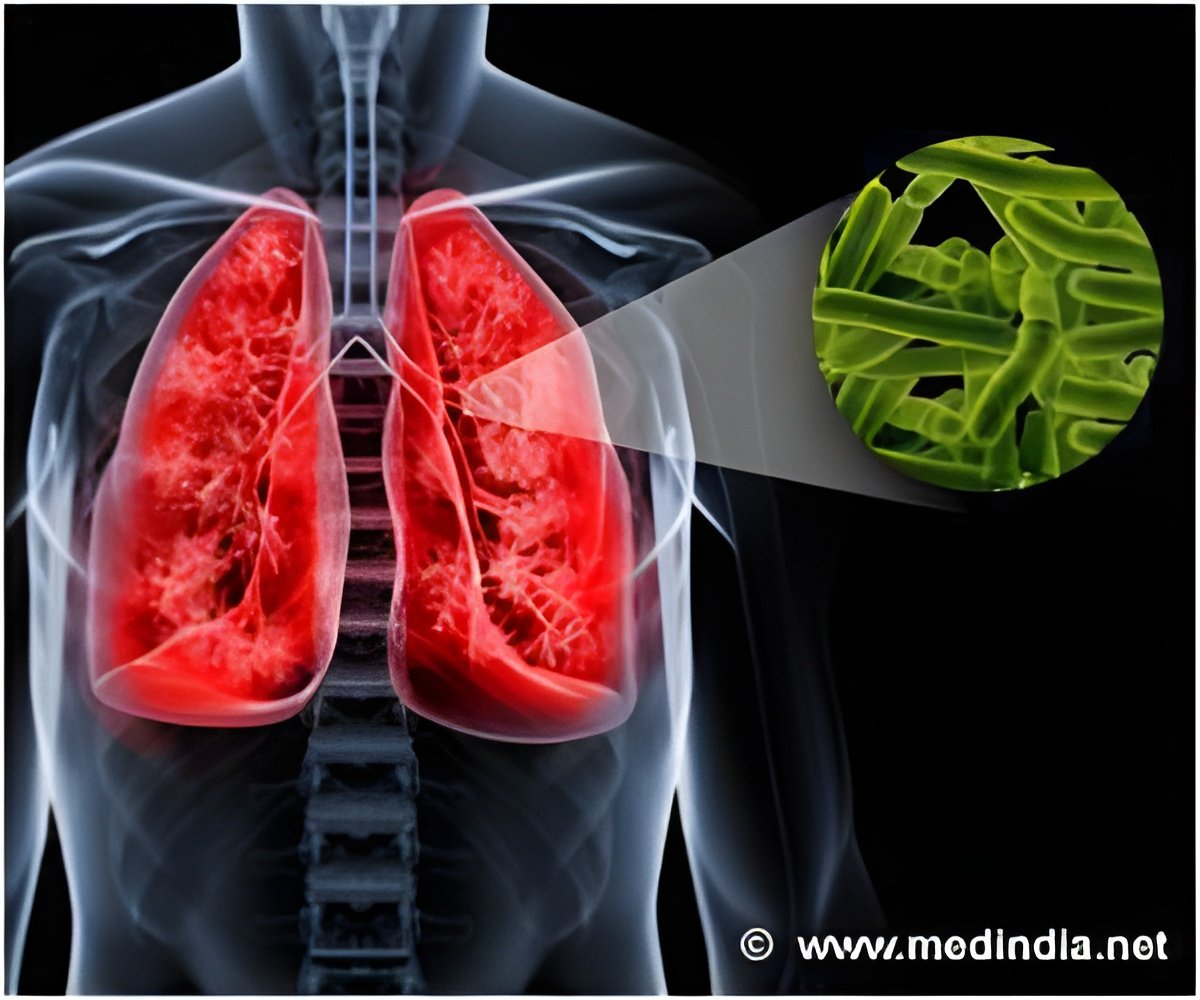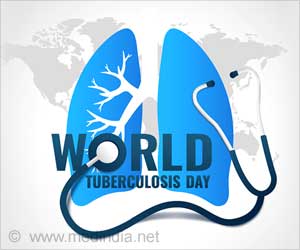
‘U.S. Food and Drug Administration (FDA) -approved tuberculosis regimen may not work against the deadliest form due to multidrug-resistant strains.’
Tweet it Now
Tuberculosis, caused by the bacteria Mycobacterium tuberculosis, is a global public health threat. According to the World Health Organization, it is one of the leading killers by a single infectious agent.About 1%–2% of TB cases progress into TB meningitis, the worst form of TB, which leads to an infection in the brain that causes increased fluid and inflammation. Most treatments for TB meningitis are based on studies of treatments for pulmonary TB, so we don’t have good treatment options for TB meningitis.
In 2019, the FDA approved the BPaL regimen to treat MDR strains of TB, specifically those that lead to pulmonary TB. However, there is limited data on how well these antibiotics cross the blood-brain barrier.
FDA-Approved TB Regimen may not Work Against the Deadliest Form of TB
In a study published in Nature Communications, the investigators showed that the FDA-approved regimen of three antibiotics — bedaquiline, pretomanid, and linezolid (BPaL) — was used for treating TB of the lungs due to MDR strains.It is not effective in treating TB meningitis because bedaquiline and linezolid are restricted in crossing the blood-brain barrier, a network of cells that prevents the entry of germs and toxins into the brain.
To learn more, the research team synthesized a chemically identical and imageable version of the antibiotic pretomanid. They conducted experiments in mouse and rabbit models of TB meningitis using positron emission tomography (PET) imaging to noninvasively measure pretomanid penetration into the central nervous system as well as using direct drug measurements in mouse brains.
Advertisement
Next, researchers measured the efficacy of the BPaL regimen compared with the standard TB treatment — a combination of the antibiotics rifampin, isoniazid, and pyrazinamide — used to treat drug-susceptible forms of TB.
Advertisement
In another experiment involving six healthy adults — three men and three women between 20 and 53 years old — at The Johns Hopkins Hospital, first-in-human PET imaging was used to showing pretomanid distribution to major organs.
Similar to what was seen in the mice, the study revealed high penetration of pretomanid into the brain or central nervous system, with CSF levels lower than those seen in the brain.
These findings suggest pretomanid-based regimens, in combination with other antibiotics active against MDR strains with high brain penetration, should be tested for treating MDR-TB meningitis.
The investigators noted limitations, including the small quantities of the imageable version of pretomanid per subject (micrograms) used. However, current evidence suggests that studies with small quantities of a drug are a reliable predictor of drug biodistribution.
Source-Eurekalert












